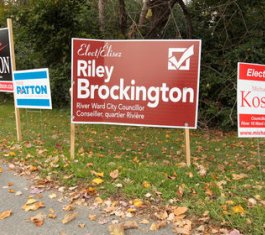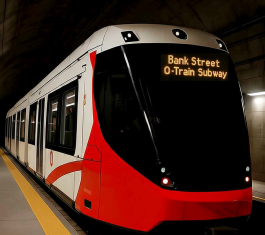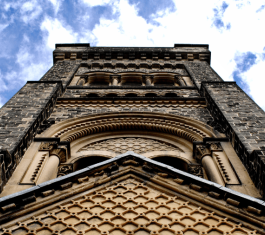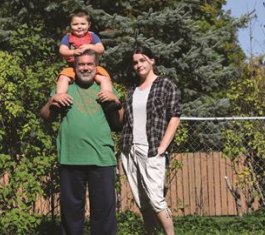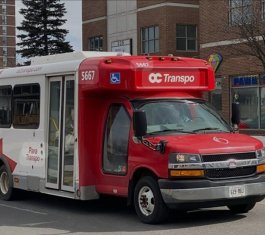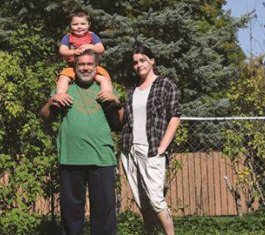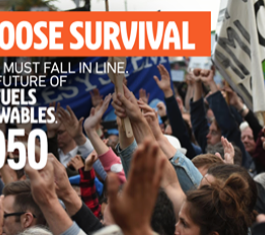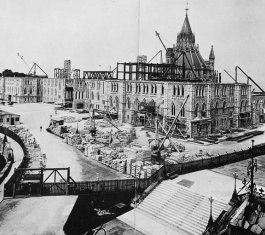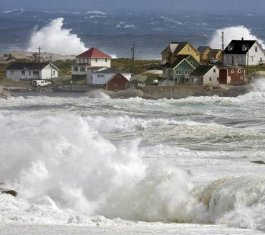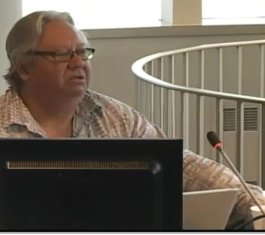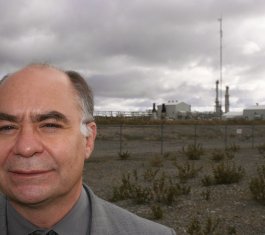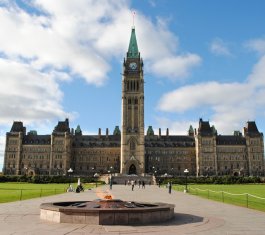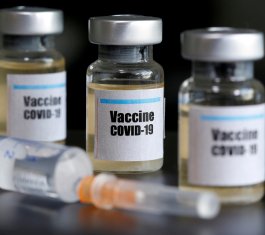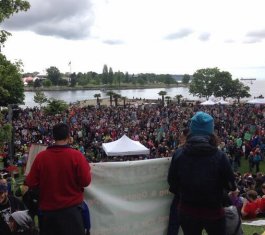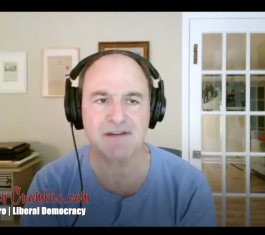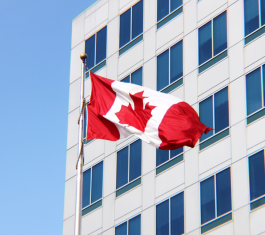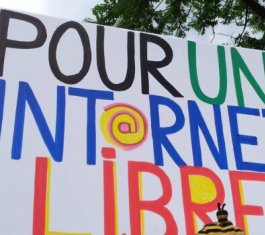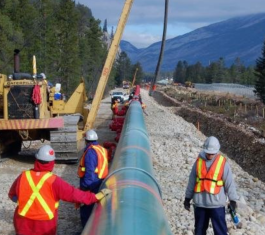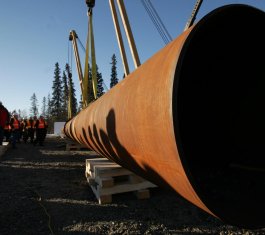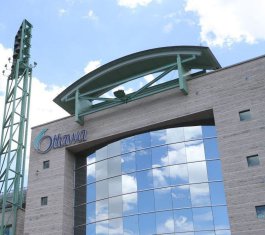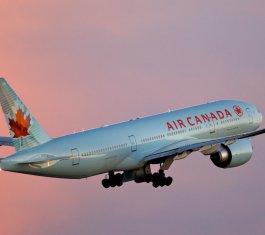Campaign Letter
Economic Impact of Daylight Saving Time

The farmers didn’t want anything to do with Daylight Saving Time! Why?
If you believe that the farmers want Daylight Saving Time, or that we do this for farmers, you aren't alone. But that assumption is incorrect.
During the 1960s (when Daylight Saving Time became widely adopted) farmers – especially livestock farmers - opposed it because their sector followed the rhythm of the sun. It was deemed incompatible with agricultural working practices, since the day already started very early during daylight saving time. The transition to Daylight Saving Time made it harder to get the produce or animals out to market. Farmers were also concerned that Daylight Saving Time would reduce milk yield during the Daylight Saving Time transition, since they would stick to their natural milking rhythm.
Wow, who would have thought that livestock wouldn’t understand that they had to adjust their schedules according to government imposed time change?
As time progressed modern agricultural equipment and practices have revolutionized farming, making those concerns no longer appear relevant. As such staunch opposition has lessened.
Now what about energy?
As suggested, when Daylight Saving Time was originally suggested and implemented a lot of electricity, including lighting, took a lot of power.
At the time that was generated through coal power, a commodity needed during WWI and WWII. The thought was that if we move daylight an hour later then less lighting would need to be used, thus saving on electricity.
So that was over five decades ago! Things have changed a lot since then. For one thing, lighting does not use as much power as it used to, but let’s look at the statistics:
- In the European Union
- No significant effect for room heating could be found
- Strong variations between countries depending on climate and culture
- In German households
- Use of energy efficient lighting showed an overall 0.8% decrease during the year
- There are some savings because of the increase in use of solar energy which allows for self-sufficiency and excess power was fed back into the public grid
- In the United States
- California Energy Commission in a May 2007 report found only a 0.2% annual savings with a margin of error of 1.5% and the US Department of Energy reported a 0.5% annual savings in electricity
- Report to Congress in October 2008 by the Department of Energy of the United States found there was only a 0.03% per year savings in electricity that could be attributed to extended Daylight Saving Time while there were negligible statistical differences in the consumption of gasoline and traffic patterns. They also found primary energy consumption savings represented just 0.02% of yearly consumption
All of these reports, despite having different rates, show that the energy savings from Daylight Saving Time are insignificant. The explanation that we need to observe Daylight Saving Time because of energy savings no longer exists, so let’s stop using this as an excuse.
So if there are no real energy savings and it doesn’t really benefit farmers, does it have any economic impact?
The answer is: yes.
A preliminary study from 2012 provides empirical data from the United States that suggests longer daylight hours in the evening induce people to spend more time outdoors, thus increasing physical activities and more active social life. Children, aged 5 to 16 found a small increase in daily physical activity.
As people stayed out later during the summer, retailers generally had higher sales compared to the winter, when it got dark much earlier in the evening. It is for that reason that the candy manufacturers effectively lobbied the United States to have the end of Daylight Saving Time pushed back to after Hallowe’en. This was all so that they could increase their sales and revenue.
It is suggested that if we adopted permanent Atlantic Standard Time (or daylight saving time) that there would be greater economic activity during the winter months.
Despite there being positive impacts on the economy, there are also negative impacts.
The transition to daylight saving time causes a self-inflicted jet lag that can last for a minimum of three weeks. This results in more difficulty processing and focusing. Early birds had a better ability to adjust, while night owls had a much more difficult time. In the study that looked at undergraduate students, in particular, researchers found that student performance was negatively affected for three weeks and suggested that any assessment during the three weeks following the spring time change would be unfair.
If we apply the findings of how the loss of sleep from the spring time change to the entire population, it would be easy to see that there would also be an impact on the labour market. In fact, a 2013 Index published by Chmura Economics & Analytics suggested that the total cost of the spring time change based on health impacts, loss in productivity and workplace accidents in the United States was $434 million.
So let’s recap:
- There’s no perceived benefit for farmers to follow daylight saving time
- Energy savings from observing daylight saving time is negligibly positive, at best
- Longer daylight hours in the evening do increase economic activity but the amount is unknown, while there is an estimated annual cost of transitioning to daylight saving time at approximately $434 million in the United States
There aren’t many compelling arguments to continually observe the bi-annual time change, so let’s put a stop to this antiquated practice.






























